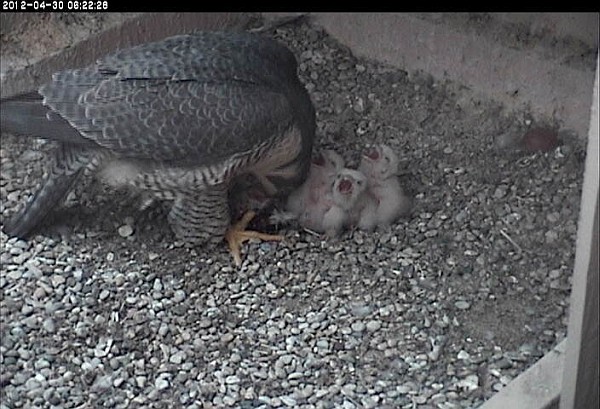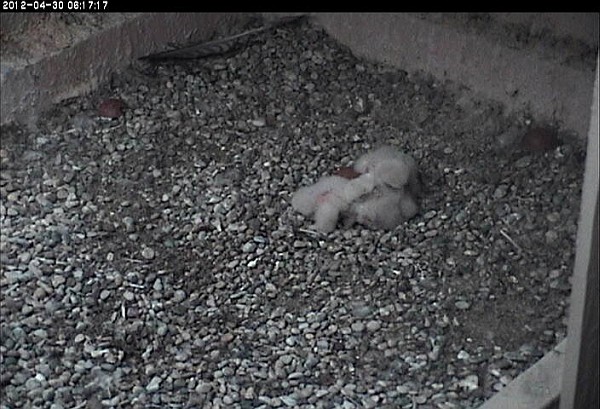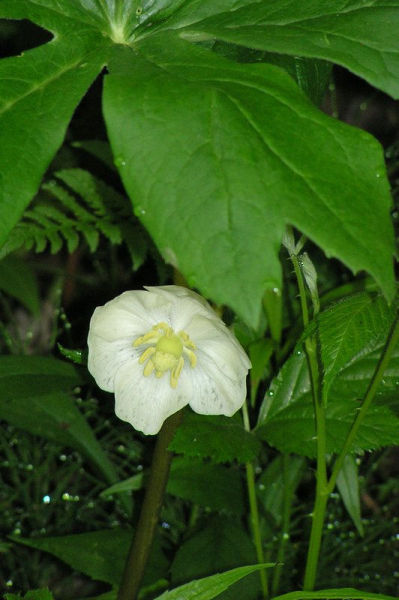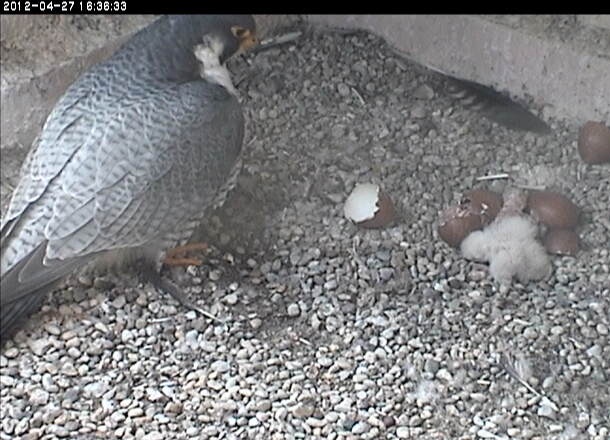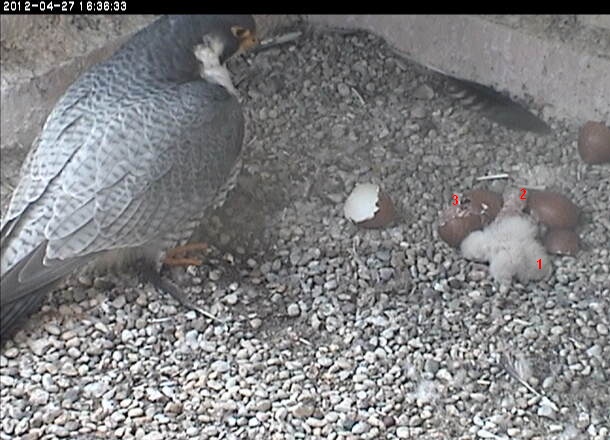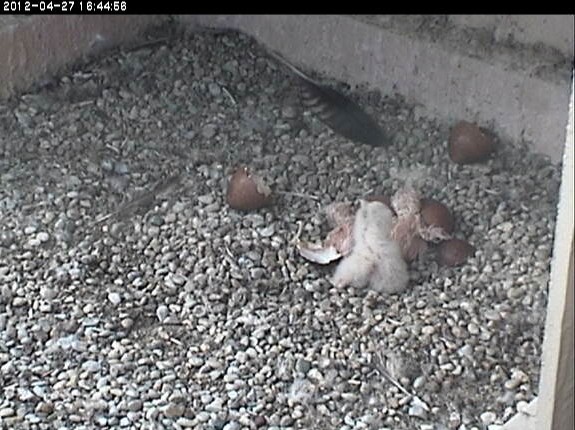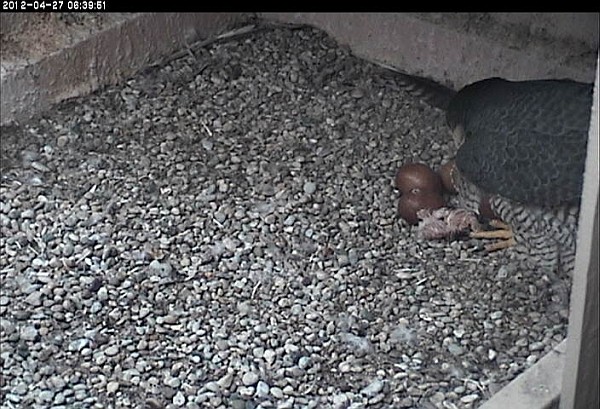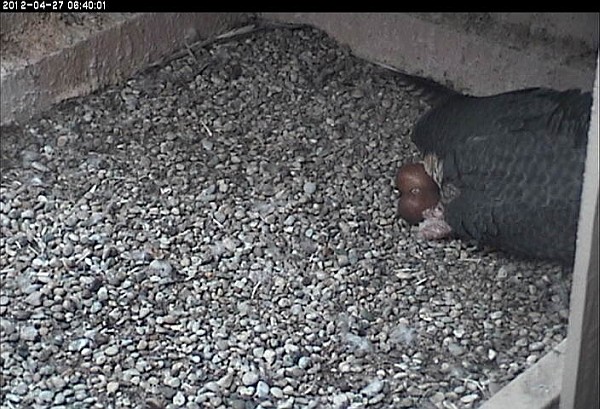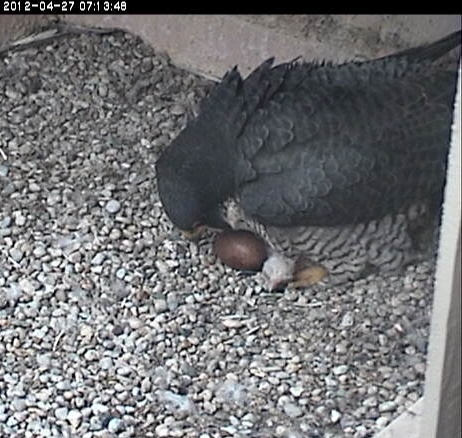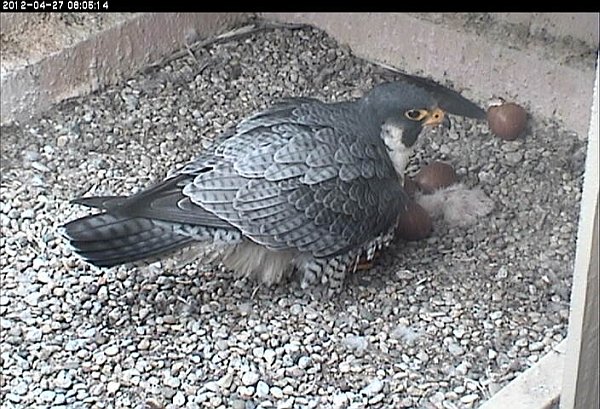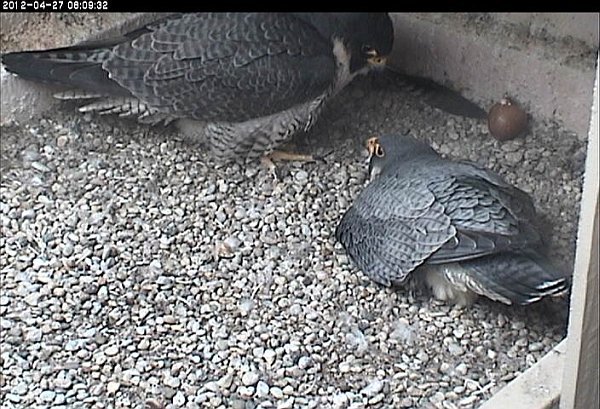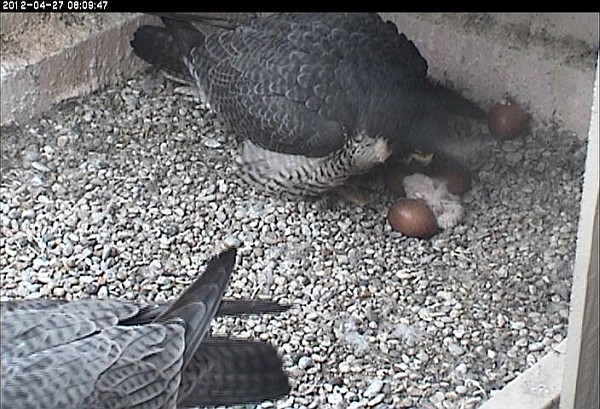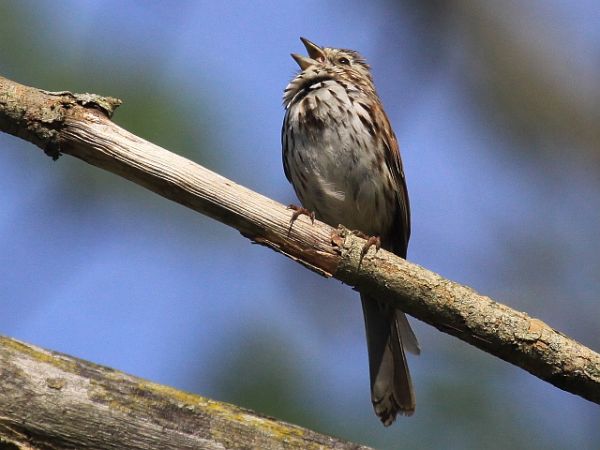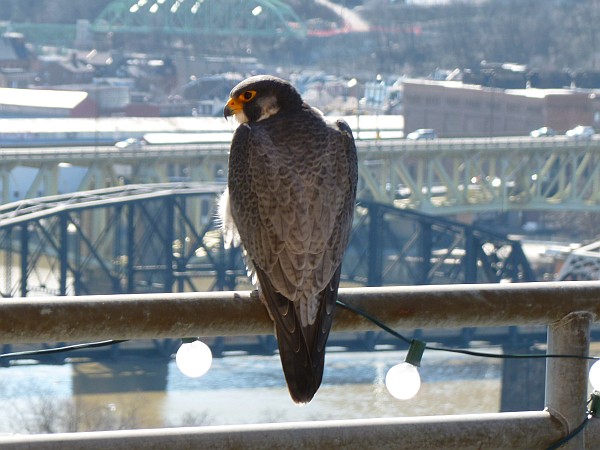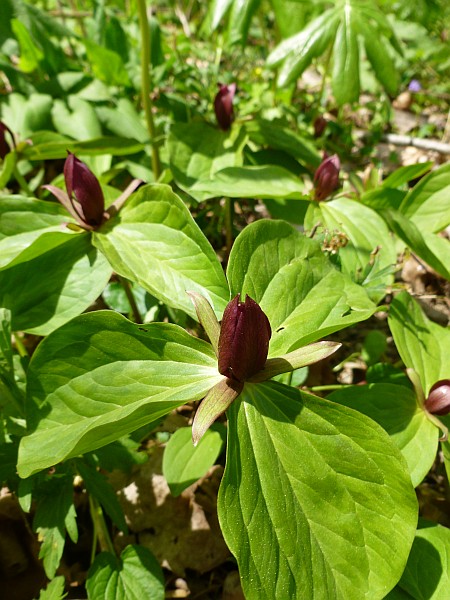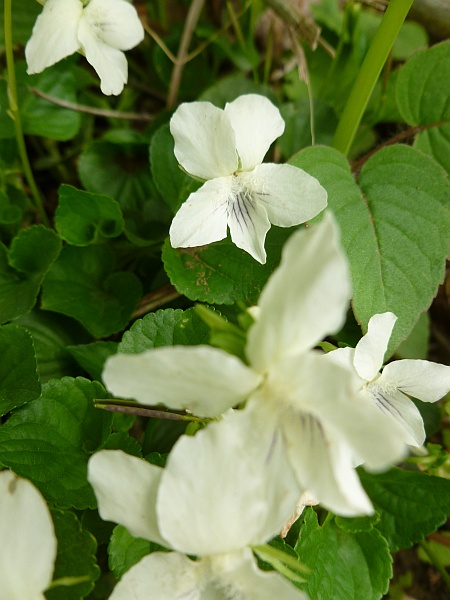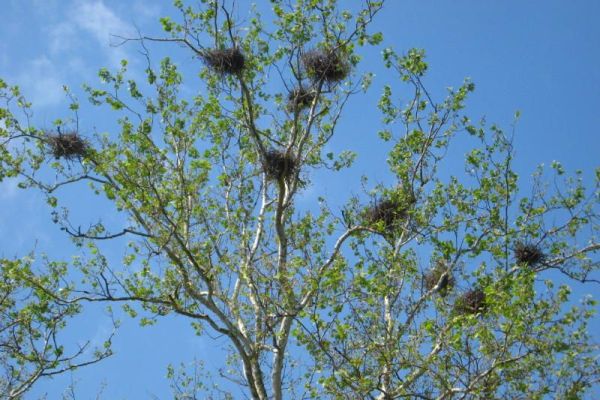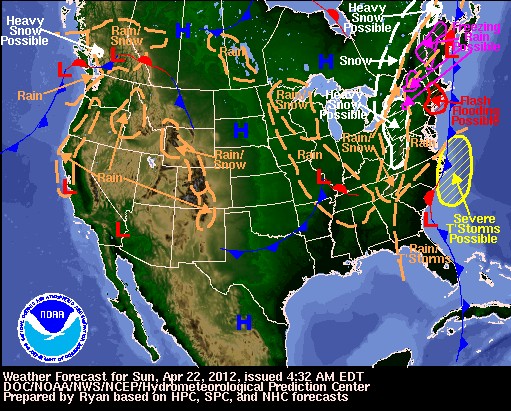
Yesterday morning the weather forecast for the eastern U.S. looked like a train wreck with severe thunderstorms, flash floods, heavy snow and freezing rain.
These events were listed as “possible” because the approaching storms were so complicated. The depth of snow in Pittsburgh depended on the timing of two frontal systems approaching the east coast from different directions. Would they collide and merge their forces over western Pennsylvania? Would the coastal front stay to the east and not affect Pittsburgh? Would the systems cause a single large storm or a prolonged one-two punch? And where?
The National Weather Service uses many weather modeling systems to make their predictions, primarily NAM (North American Mesoscale Forecast) and GFS (Global Forecast System). Both NAM and GFS run four times a day. Meteorologists then analyze the results and make the forecast. When the models agree it’s easy. When they don’t it’s mighty hard.
Yesterday the forecast discussion for Pittsburgh said: “Even at this close proximity to the onset of this system, subtle differences in model solutions make for a very difficult forecast.” Then they predicted 2 to 4 inches of snow for the Pittsburgh area. Twenty-four hours later the snowfall prediction hasn’t changed but its timing has.
I feel their pain. Because I’m in charge of computers and phones at WQED, I’m often asked to predict how a computer or phone system will behave under different conditions in the future. Sometimes the answer is easy and sometimes… Well, suffice it say I’m glad my predictions aren’t broadcast on TV and radio news.
Meanwhile we await the results. Rain is falling now. It will be interesting to see how well the models predicted this one.
(weather forecast map, Sunday 22 April 2012, by the National Weather Service. Click on the image to see the current forecast map.)
